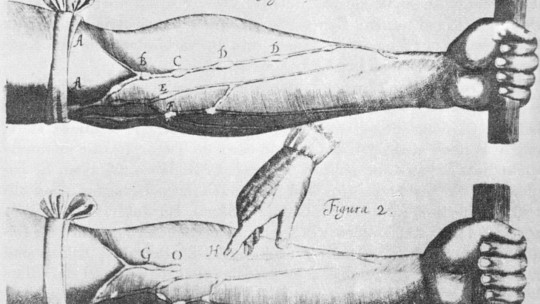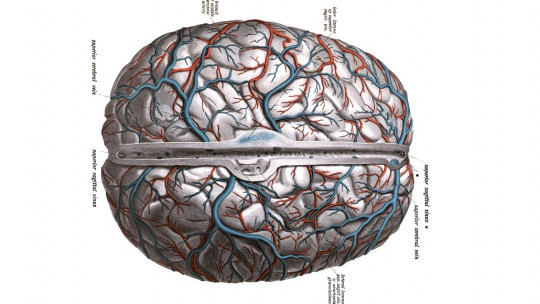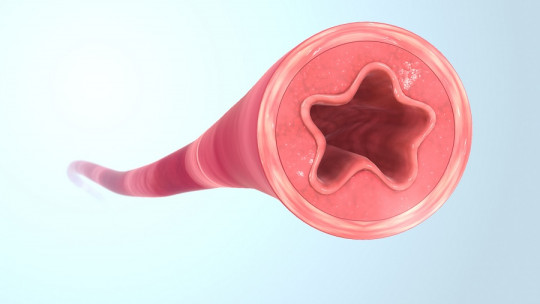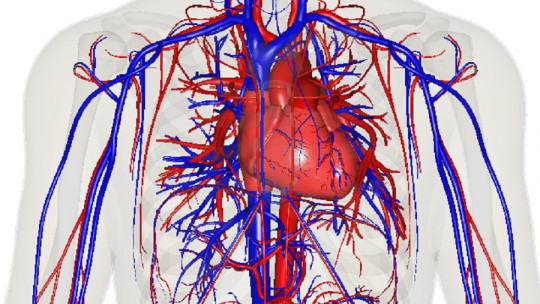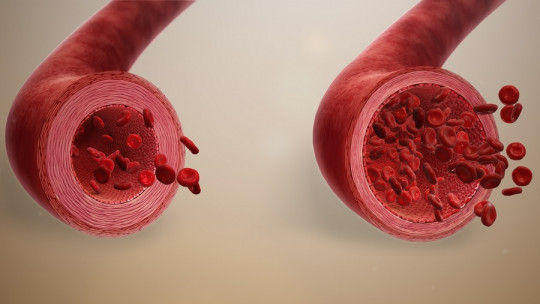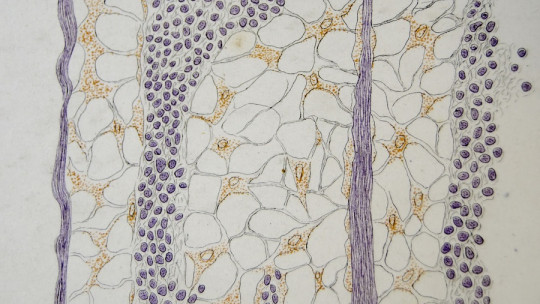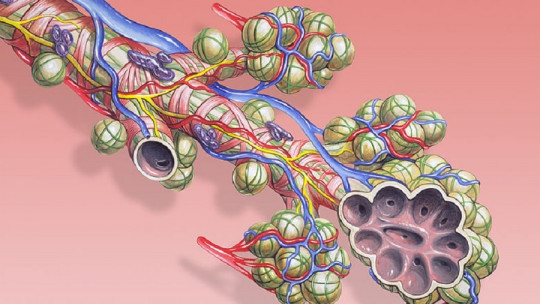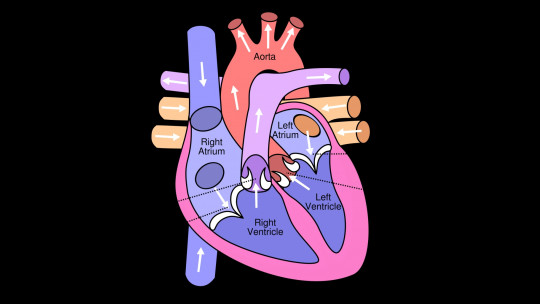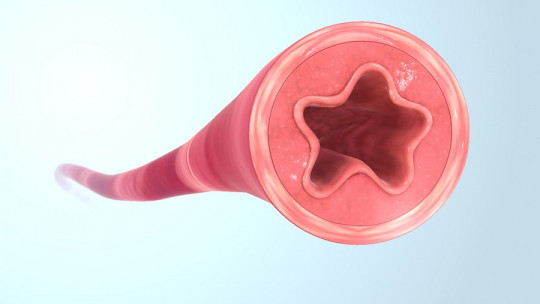All vital functions of the human body, and all psychological processes such as thinking, feeling and acting, would not exist if the circulatory system did not do its job. However, this part of the body is not homogeneous, but is made up of different types of ducts, branches that cover almost all the tissues of the body and keep the cells alive by providing them with the oxygen and materials they need.
We’ll see now the difference between arteries, veins and capillaries and the way in which these small channels allow us to live.
The circulatory system
Although all the cells of the human body work with relative autonomy, fulfilling their small role, they need the participation of something that goes beyond their own individuality. Not only is it necessary to be in a stable environment created by the surrounding membranes, but it is also necessary to have a constant supply of oxygen and materials to remain operational.
The circulatory system is responsible for this last task, among other things. It is made up of veins, arteries and capillaries, as well as the heart, the organ that helps blood circulate through the interior part of these organic conduits.
On the other hand, blood also acts as a communication channel, it not only serves to nourish cells. Specifically, it transports hormones from one place to another, causing them to be received by their respective target organs to awaken a change in them: a contraction, the secretion of more hormones, the adoption of another form, etc.
The difference between arteries, capillaries and veins
The main differences between veins, capillaries and arteries (all parts of the circulatory system) are as follows.
1. Capillaries do not have muscular walls
Capillaries are the thinnest tubes of these three categories , by far. On the other hand, its walls are not associated with muscle tissues.
2. Veins return to the heart, arteries leave it
Arteries are the first type of conduit through which blood passes after passing through the heart. The veins, on the other hand, are the entry conduits to it.
3. Capillaries serve as a “bridge”
Capillaries are located between veins and arteries That is, they are branches that leave the arteries and join again to form veins.
4. Arteries maintain blood pressure
The arteries They make blood flow while maintaining the pressure inside the heart Inside the veins, however, that pressure does not exist, and the same happens with the capillaries.
5. Substance exchange occurs in capillaries, in veins and arteries, not
The capillaries, In addition to being the narrowest ducts, they also have very thin walls , ideal for certain substances to pass through. This is precisely what happens: there are particles that leave the blood to reach target cells, and others enter the bloodstream through them.
In this way, the cells obtain the necessary resources to live and, on the other hand, the hormones can enter the blood and navigate through it until they reach their destination.
6. Arteries regain their shape when they are crushed, veins and capillaries do not.
The walls of the arteries are thicker than those of the rest of the conduits of the nervous system, and easily retain their shape
7. The veins carry non-oxygenated blood, the other two, with oxygen
As it is their turn to return to the heart, the blood carried by the veins He has already lost his oxygen along the way and that is why it must be taken back to the lungs to the areas occupied by the alveoli.
8. Veins have valves
As the blood that goes through the veins is not subject to the pressure generated by the impulse of the heart, it is carried towards its destination through a valve system that prevent this liquid from going in the opposite direction to which it should go.
Conclusion
Although these types of ducts are basically similar, they neither have the same properties nor fulfill the same function. Whether due to their shape, their parts or the role they play in the circulatory system, they are easy to distinguish both in image and live, working on their tasks.
Of course, it must be taken into account that an injury, for example, does not have the same repercussions if it occurs in an artery, vein or capillary. The latter are the most dispensable, as they are so narrow that they are usually out of reach of human vision, and their breakage as a whole will cause bruising, but usually not much more On the other hand, a cut in the other two can be fatal.

